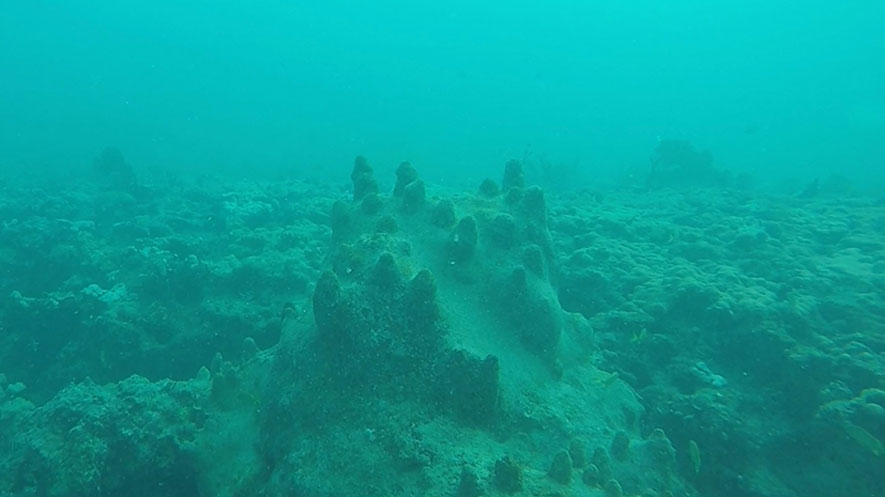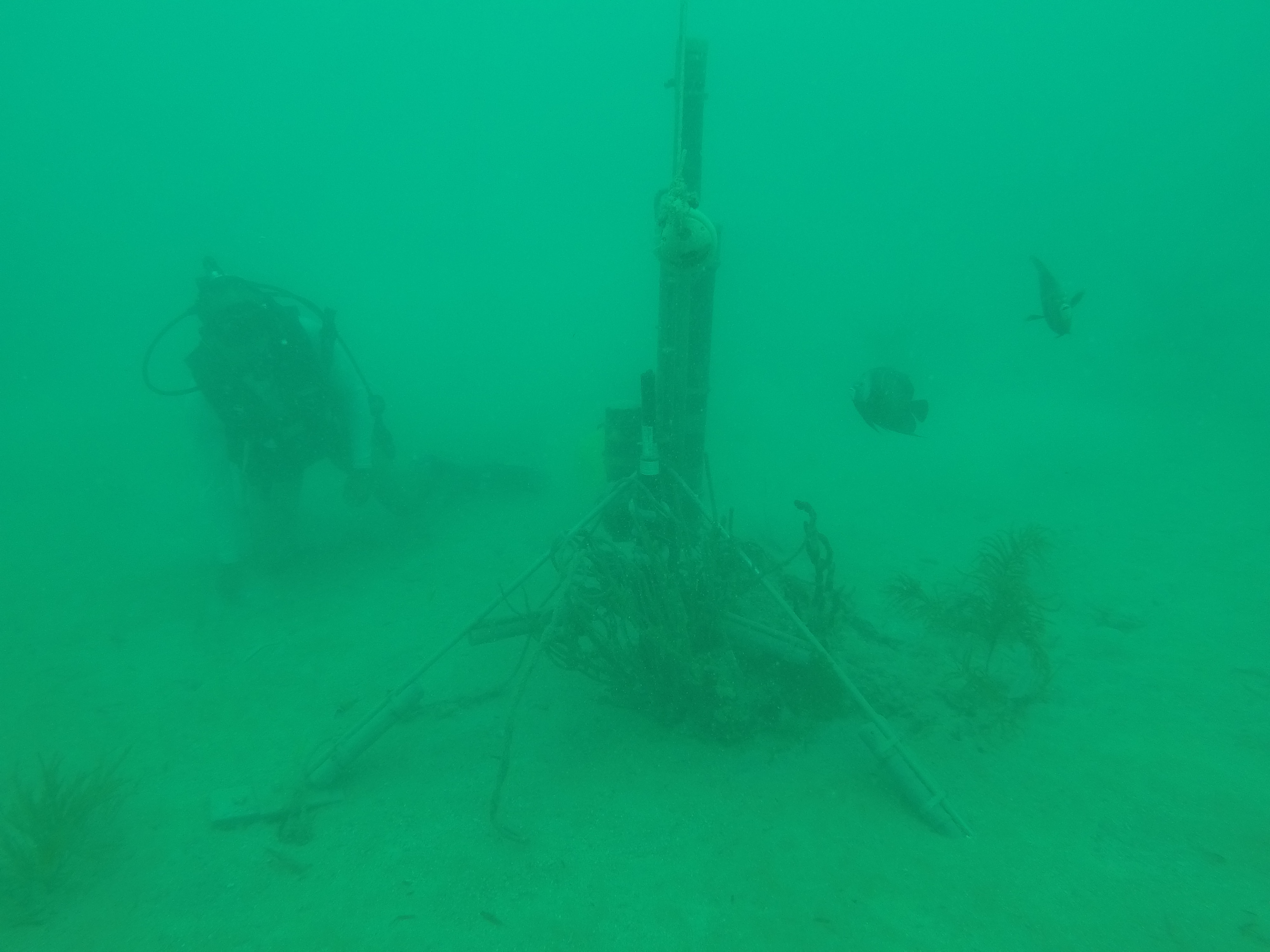Subaquatic imagery analysis plays an essential role in measuring the health of fragile aquatic ecosystems which thrive on the oceans dwindling coral reefs.
In addition, such analysis also plays an essential role in assessing the structural integrity of man-made features such as offshore oil rigs and submarine drilling equipment. Ensuring the health and structural integrity of these vital subaquatic features is essential for environmental, medical, leisure and economic purposes. Unfortunately collecting subaquatic imagery is costly especially in deep ocean settings, and is routinely collected in low light and highly turbid conditions which has made feature recognition nearly impossible, until now.
Arlington, Virginia-based Syneren Technologies Corporation has developed an Imagery Enhancement Toolbox that can analyze any type of imagery and remove obscurants such as turbidity and periodic noise, as well as providing the ability to analyze imagery collected in low light conditions, to reveal the most essential features and patterns that would have been otherwise unidentifiable. The software uses a filtering algorithm to separate and group image frequencies through a “sifting” process and then further analyzes the wave length and amplitude of frequency groupings to identify and separate the most essential features contained in the image while preserving the context of the image.
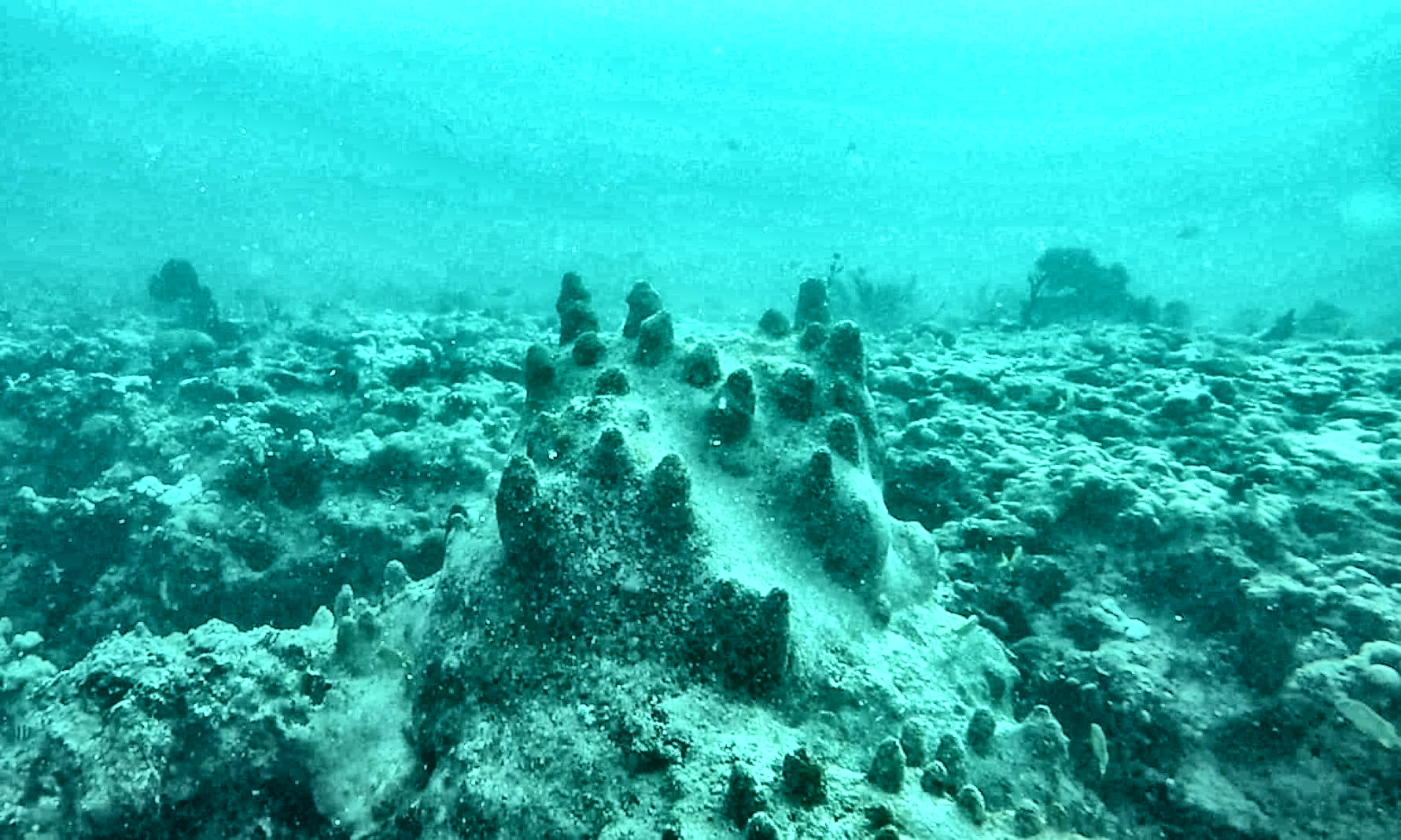 Post processed view of the same image
Post processed view of the same image
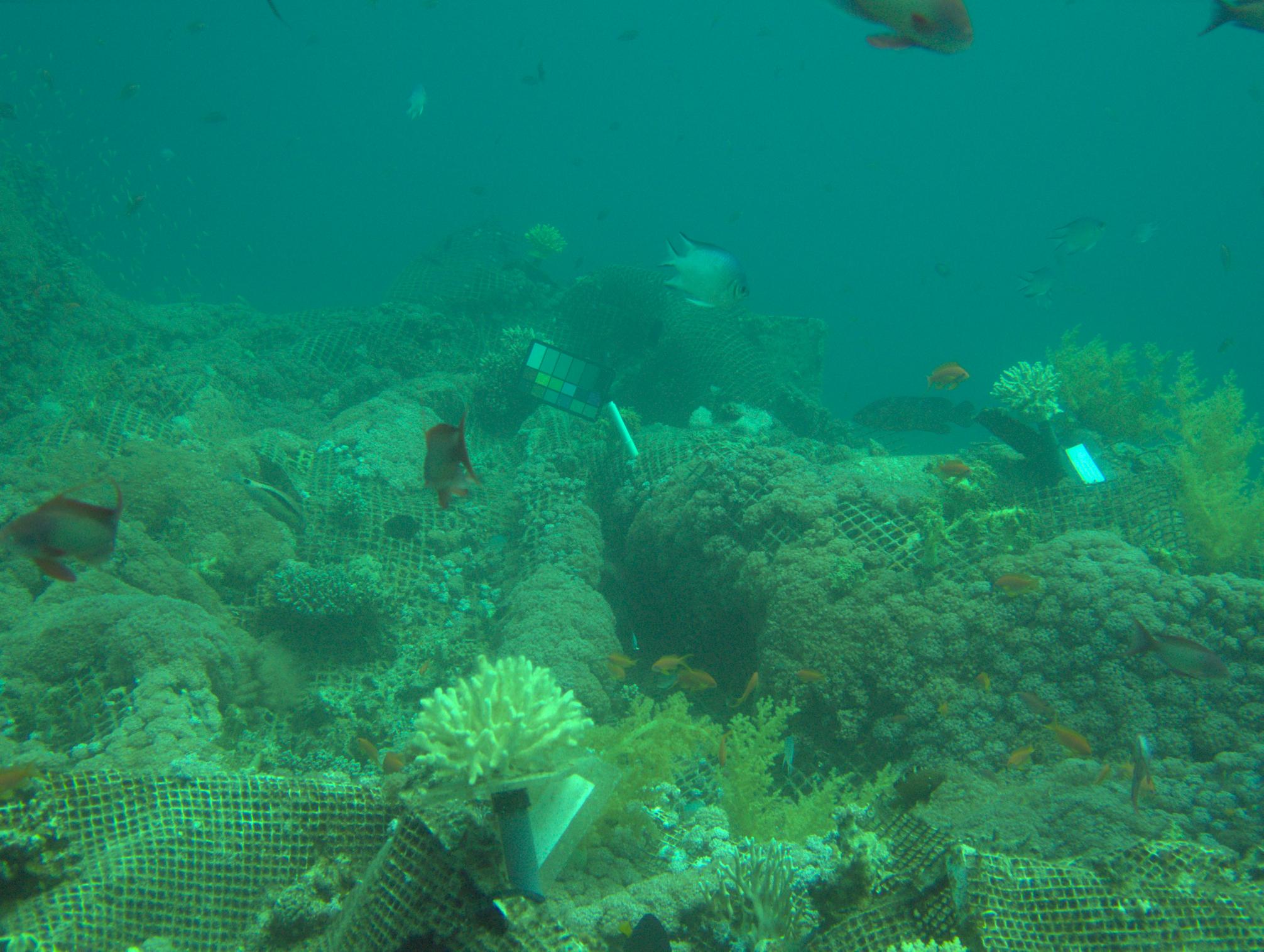 Original Image
Original Image
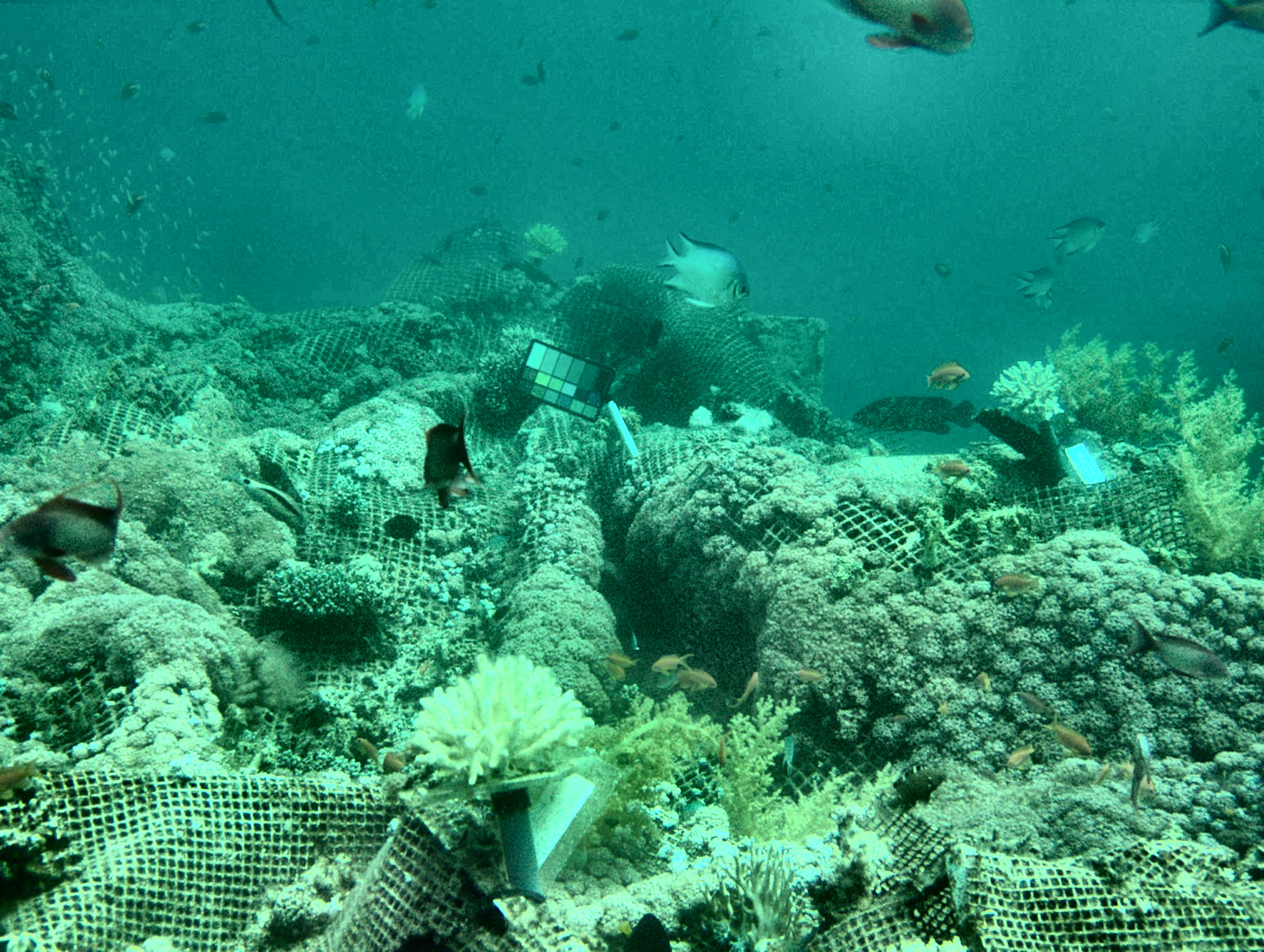 Post processed view of the same image showing much greater reef detail as well as the ecosystem which it supports
Post processed view of the same image showing much greater reef detail as well as the ecosystem which it supports
Image 1 and 3 taken near Port Everglades, Florida depicts a coral reef that is under the threat of being covered by excess sediment displaced by dredging. The original images were collected in highly turbid, low light conditions making feature recognition difficult. The post processed image [2 and 4] has removed most of the obscurants to reveal discernable features contained within the reef to better assess the overall health of the reef. These images reveal much greater detail not only on the reef, but also the fragile ecosystem which it supports. Protecting the world’s dwindling coral reefs is of vital importance in that they provide a barrier to coastline erosion caused by storms. In addition, coral reefs provide a spawning ground for economically important fish species critical to the economic stability of coastal communities and a source of new medicines.
Algal blooms [images 5 and 6] are a major problem in all 50 states due to the severe impact they have on aquatic ecosystems, as well as impacts on human health due to toxins produced in fresh and marine water.
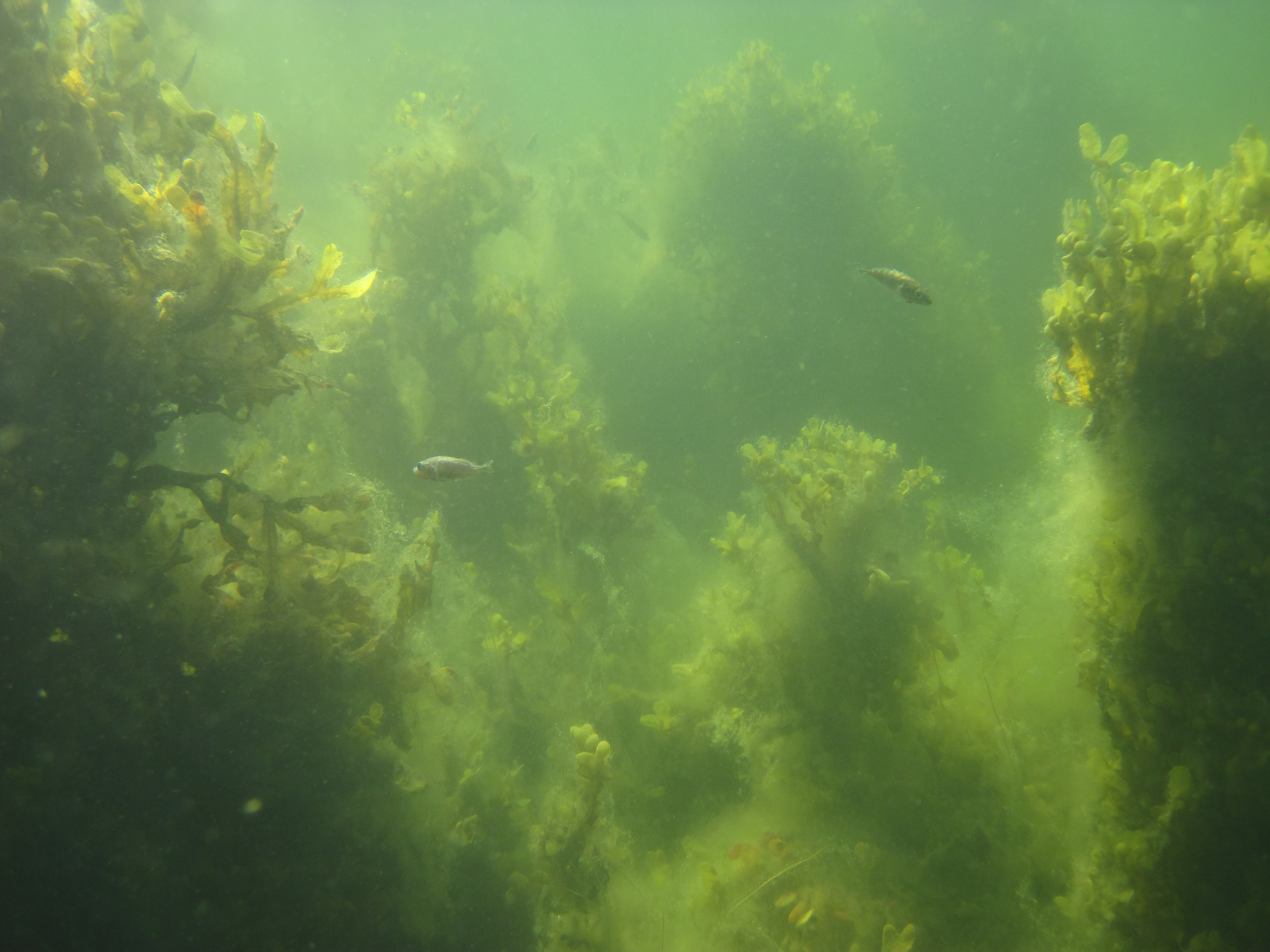 Subsurface image of an algal bloom
Subsurface image of an algal bloom
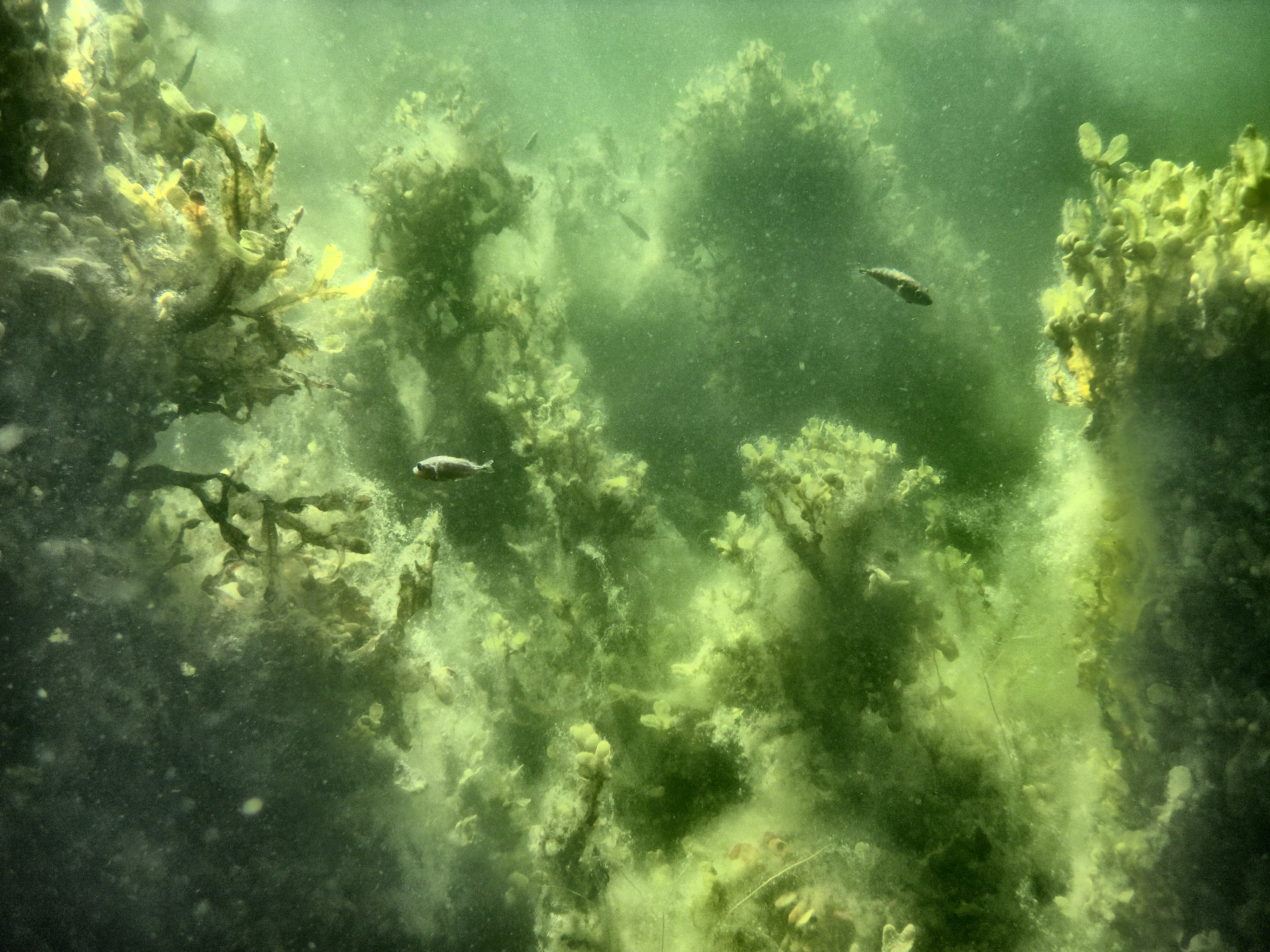 Post processed view of the same image showing greater detail to better assess the environmental impact of the algal bloom
Post processed view of the same image showing greater detail to better assess the environmental impact of the algal bloom
Excess nutrients displaced into the water results in increased algae growth which shuts out sunlight and decreases oxygen content. In addition to creating dead zones in the water, water treatment cost to produce drinking water are greatly increased.
Monitoring the structural stability of subaquatic man-made instruments is vital for the continuous measurement of essential indicators (ocean currents, water temperature, etc.) used in global weather and climate predictions. In addition, the structural failure of subaquatic man-made features can lead to catastrophic environmental events such as oil spills. Not only does an oil spill devastate the fish, shellfish, bird and fur bearing mammal population in the area. An oil spill can be economically devastating to coastal communities which depend on a vibrant fishing industry for business and tourism. The images 7-10 portray the use of the software in assessing the structural stability of subaquatic man-made instruments.
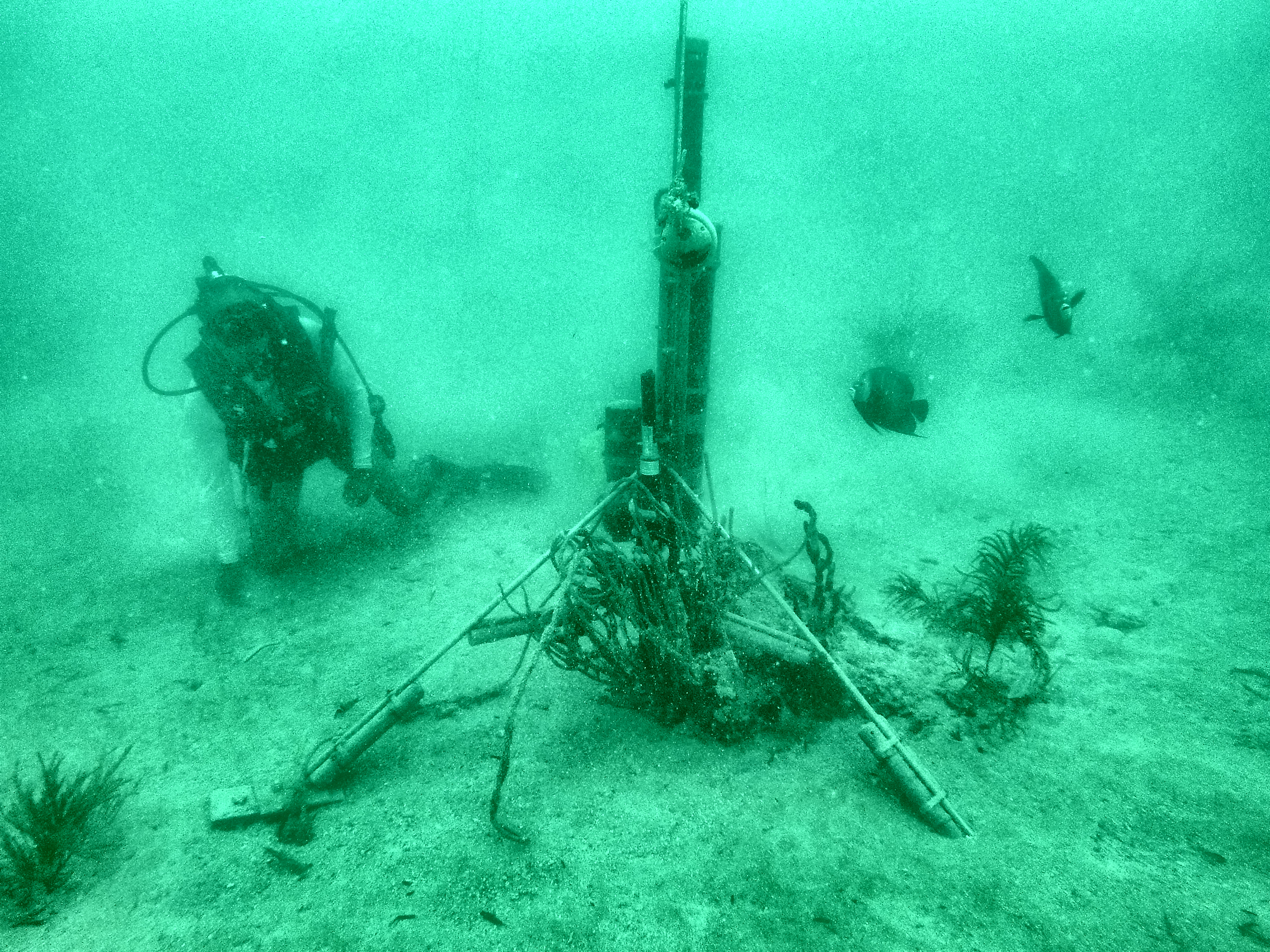
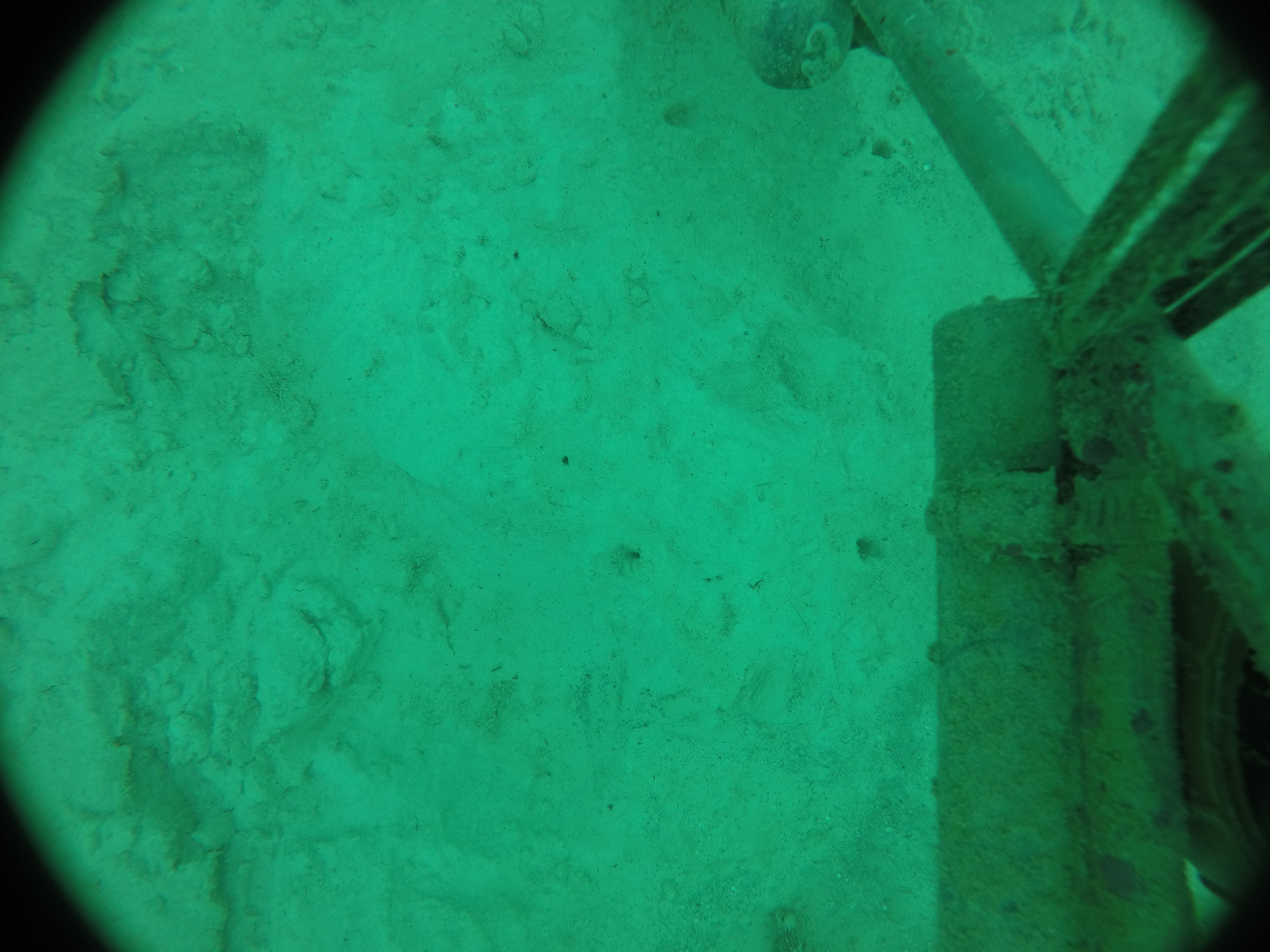
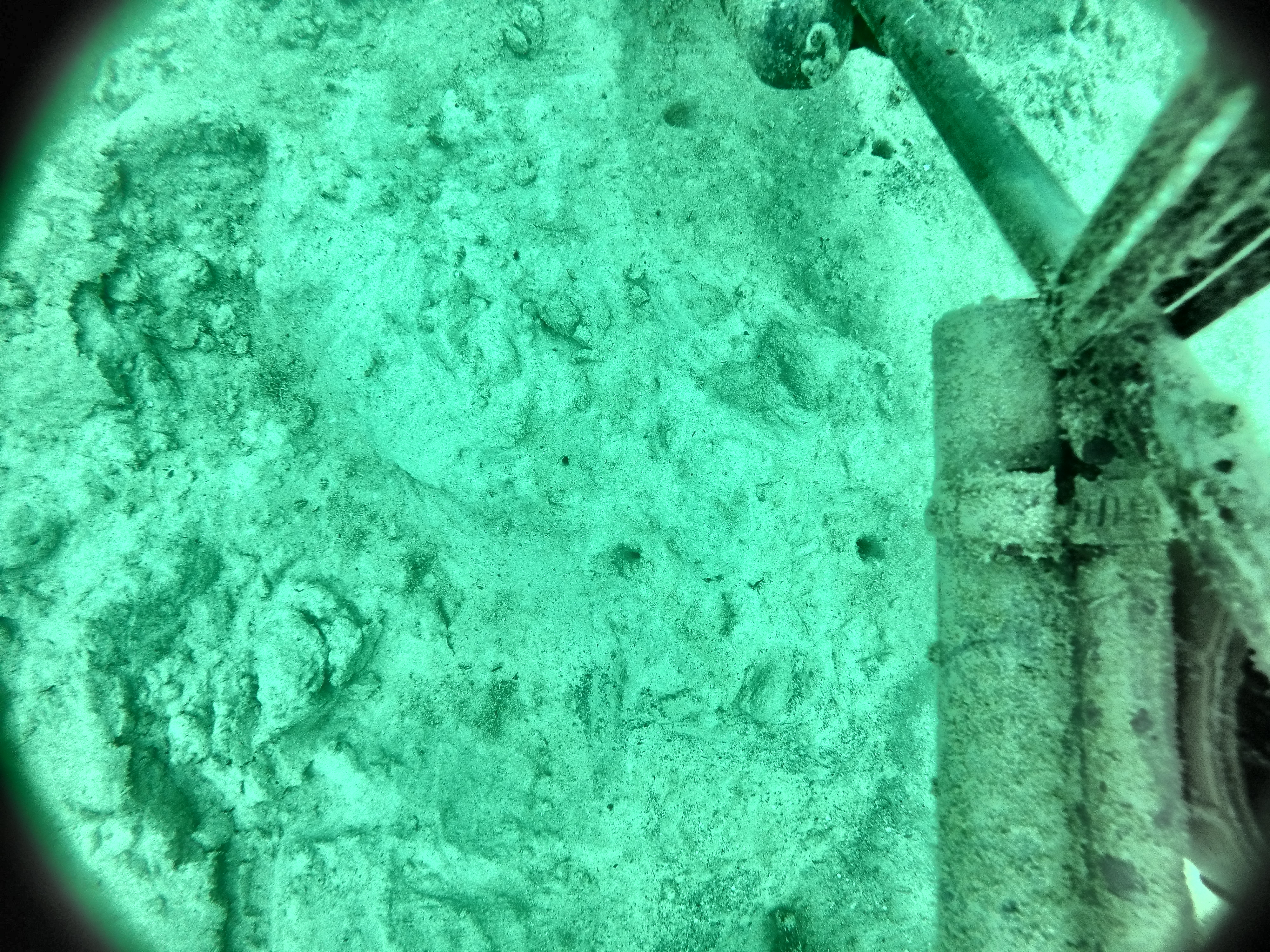 Post processed images showing much greater detail
Post processed images showing much greater detail
By removing obscurants such as turbidly, and enhancing features especially in low light conditions, informed decisions can be made to determine if subsurface equipment needs to be repaired. As mentioned earlier, Syneren’s Imagery Enhancement Toolbox can analyze any type of image and remove obscurants to reveal the most essential features and patterns contained within the image. In image 11, the obscurant is fog has been removed to reveal subtle features [image 12] in the landscape. In addition, a distant feature is revealed in the processed image [12] that otherwise would not have been discernable.
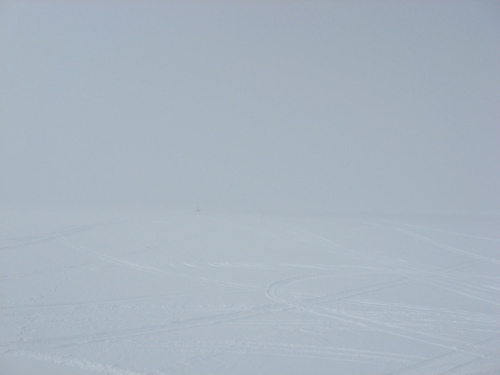 Original image
Original image
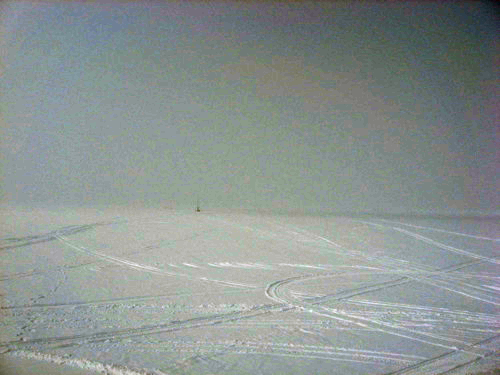 Post processed image showing much greater detail and a distant hidden feature
Post processed image showing much greater detail and a distant hidden feature
In summary, Syneren’s Image Enhancement Toolbox provides for a cost-effective means to optimize sub-aquatic imagery collection and analysis by removing obscurants and enhancing essential features contained in the imagery - even in deep water, low light conditions. Such a capability minimizes the need to redeploy equipment to repeat the imagery collection mission resulting in substantial savings of cost and time. For more information regarding Syneren’s Imagery Enhancement Toolbox, please contact Meg Vootukuru at This email address is being protected from spambots. You need JavaScript enabled to view it. or call 301-830-0529.


